Complete Boat Engine Winterization Guide: Step-by-Step Instructions
Proper winterization is one of the most important maintenance procedures for boat owners in regions with freezing temperatures. Failing to properly prepare your marine engine for winter storage can lead to freeze damage, corrosion, and significant repair costs when spring arrives. Even in milder climates, extended storage without proper preparation can result in fuel system issues, corrosion, and other problems that affect reliability and performance.
This comprehensive guide provides detailed, step-by-step instructions for winterizing outboard, sterndrive, and inboard engines. By following these procedures, you'll protect your investment during the off-season and ensure a trouble-free start to the next boating season. While professional winterization services are available, many boat owners can complete this process themselves with basic tools and the right supplies.
Why Winterization Is Essential
Before diving into the specific procedures, it's important to understand why winterization is critical:
Freeze Damage Prevention
Water expands when it freezes, causing serious damage:
- Just one cup of water can exert over 30,000 pounds of force when frozen
- Common freeze damage includes cracked engine blocks, damaged water pumps, split heat exchangers, and ruptured hoses
- Freeze damage is typically not covered by insurance and can cost thousands to repair
- Even in climates where freezing is rare, a single unexpected cold snap can cause catastrophic damage
Corrosion Protection
Extended storage creates ideal conditions for corrosion:
- Moisture and oxygen cause metal components to corrode during storage
- Salt residue accelerates corrosion dramatically
- Internal engine components are particularly vulnerable when not protected
- Electrical systems can deteriorate from corrosion at connection points
Fuel System Preservation
Modern fuels create storage challenges:
- Ethanol-blended fuels absorb moisture and break down during storage
- Fuel degradation creates gums and varnish that clog carburetors, injectors, and fuel lines
- Phase separation occurs when water-laden ethanol separates from gasoline
- Microbial growth can develop in fuel tanks during storage
Spring Startup Reliability
Proper winterization ensures trouble-free spring commissioning:
- Engines that are properly winterized typically start easily after storage
- Prevents the frustration and expense of repairs at the beginning of the season
- Reduces wear and tear on starting systems and batteries
- Allows for more immediate enjoyment when boating season returns
General Winterization Supplies
Gather these supplies before beginning the winterization process:
Basic Tools
- Socket set and wrenches appropriate for your engine
- Screwdrivers (flathead and Phillips)
- Pliers and channel locks
- Drain plug wrench (if applicable)
- Oil filter wrench
- Funnel with flexible spout
- Oil drain pan
- Rags and paper towels
Winterization Fluids and Chemicals
- Marine-grade engine oil appropriate for your engine
- Oil filters
- Fuel stabilizer specifically formulated for marine engines
- Fogging oil or engine storage lubricant
- Marine-grade antifreeze (propylene glycol, non-toxic)
- Lower unit lubricant
- Corrosion inhibitor spray
- Marine grease
Specialized Equipment
- Flushing attachment appropriate for your engine
- Fuel stabilizer measuring container
- Winterization kit for your specific engine (if available)
- Antifreeze hand pump or winterization system
- Battery maintainer/trickle charger
- Moisture-absorbing products for the engine compartment
For complete winterization supplies, explore our winterization products collection, which includes everything needed for proper off-season storage.
Outboard Engine Winterization
Follow these steps to properly winterize an outboard motor:
Step 1: Fuel System Treatment
- Add marine fuel stabilizer to the fuel tank according to product instructions (typically 1 oz. per 10 gallons)
- Fill the fuel tank to 95% capacity to prevent condensation while allowing room for expansion
- Run the engine for 10-15 minutes to ensure treated fuel circulates through the entire fuel system
- For carbureted engines, shut off the fuel supply and run until the engine stalls to empty the carburetor
- For fuel-injected engines, follow manufacturer recommendations regarding fuel system draining
Step 2: Engine Oil and Filter Change
- Change the engine oil and filter while the engine is still warm from running
- Remove the drain plug or use an oil extraction pump to remove old oil
- Replace the oil filter
- Refill with fresh marine-grade oil appropriate for your engine
- Run the engine briefly to circulate the new oil, then check the level
- Dispose of used oil properly at a recycling center
Step 3: Lower Unit Service
- Place a drain pan under the lower unit
- Remove both the upper (vent) and lower drain plugs
- Check the drained fluid for water contamination (milky appearance) or metal particles
- If contamination is found, consider having the seals inspected before spring
- Refill with fresh marine-grade lower unit lubricant using the appropriate pump
- Replace both drain plugs with new gaskets if needed
Step 4: Flushing and Fogging
- Connect a freshwater source to the engine's flushing attachment
- Start the water flow before starting the engine
- Start the engine and let it reach operating temperature
- With the engine running at idle, spray fogging oil into the air intake or remove the air filter and spray directly into the carburetor (follow product instructions)
- Continue spraying until the engine begins to smoke heavily and starts to stall
- Shut off the engine and the water supply
Step 5: Cylinder Protection
- Remove the spark plugs
- Spray fogging oil directly into each cylinder
- Rotate the flywheel manually to distribute the oil (or use the starter briefly without spark plugs installed)
- Replace the spark plugs with new ones, or reinstall existing plugs after coating threads with anti-seize compound
- Do not fully tighten the plugs until spring to prevent cylinder binding
Step 6: External Protection
- Drain all water from the engine by placing it in a vertical position
- Spray corrosion inhibitor on external engine components
- Lubricate all visible moving parts (throttle linkages, shift mechanisms, etc.)
- Apply a light coat of marine grease to propeller shaft
- Remove the propeller to prevent theft and check for fishing line around the shaft
- Touch up any paint chips to prevent corrosion
Step 7: Final Storage Preparation
- Disconnect the battery and store it in a cool, dry place
- Connect a trickle charger to maintain battery charge
- Store the outboard in a vertical position to ensure complete drainage
- Cover the engine with a breathable cover to prevent dust and moisture accumulation
- If possible, store in a climate-controlled environment
For outboard-specific winterization supplies, check our Yamaha, Mercury, and other outboard brand collections.
Sterndrive Engine Winterization
Follow these steps to properly winterize a sterndrive engine:
Step 1: Fuel System Treatment
- Add marine fuel stabilizer to the fuel tank according to product instructions
- Fill the fuel tank to 95% capacity to prevent condensation
- Run the engine for 10-15 minutes to ensure treated fuel circulates through the entire system
- For carbureted engines, consider draining the carburetor or running until the engine stalls
Step 2: Engine Oil and Filter Change
- Change the engine oil and filter while the engine is still warm
- Remove the drain plug or use an oil extraction pump
- Replace the oil filter
- Refill with fresh marine-grade oil appropriate for your engine
- Run the engine briefly to circulate the new oil, then check the level
Step 3: Draining the Cooling System
- Locate and remove all drain plugs on the engine block and manifolds
- Open petcocks and remove hoses as needed to ensure complete drainage
- Use compressed air to blow out any remaining water if available
- For closed cooling systems, check antifreeze concentration and top up if needed
Step 4: Antifreeze Protection
- For raw water systems, use a winterization kit or antifreeze intake system
- Circulate non-toxic marine antifreeze through the entire cooling system
- Continue until antifreeze flows from the exhaust outlets
- Ensure all cooling passages are protected, including the sterndrive unit
Step 5: Drive Unit Service
- Remove the drive unit drain/fill plugs
- Drain the existing lubricant and check for water contamination
- Inspect the drained fluid for metal particles or a milky appearance
- Refill with fresh marine-grade drive lubricant
- Replace the drain/fill plugs with new gaskets
- Inspect bellows for cracks or deterioration
- Grease all fittings on the drive unit
Step 6: Engine Fogging and Cylinder Protection
- Remove the flame arrestor or air intake
- Start the engine and spray fogging oil into the carburetor or throttle body
- Continue until the engine begins to smoke heavily and starts to stall
- Shut off the engine
- For additional protection, remove spark plugs and spray fogging oil directly into each cylinder
- Rotate the engine manually to distribute the oil
- Replace spark plugs or reinstall existing ones without fully tightening
Step 7: External Protection and Final Steps
- Spray corrosion inhibitor on external engine components
- Lubricate all control cables and linkages
- Remove the propeller and check for fishing line
- Apply a light coat of marine grease to the propeller shaft
- Disconnect the battery and connect a trickle charger
- Place moisture-absorbing products in the engine compartment
- Cover the boat with a breathable, properly fitted cover
For sterndrive winterization supplies, explore our MerCruiser and Volvo Penta collections.
Inboard Engine Winterization
Follow these steps to properly winterize an inboard engine:
Step 1: Fuel System Treatment
- Add marine fuel stabilizer to the fuel tank according to product instructions
- Fill the fuel tank to 95% capacity to prevent condensation
- Run the engine for 10-15 minutes to ensure treated fuel circulates through the entire system
- For diesel engines, consider a biocide treatment to prevent microbial growth
- Change primary and secondary fuel filters
Step 2: Oil and Filter Change
- Change the engine oil and filter while the engine is still warm
- For diesel engines, also change the transmission fluid
- Replace all oil filters
- Refill with fresh marine-grade oil appropriate for your engine
- Run the engine briefly to circulate the new oil, then check the level
Step 3: Cooling System Service
- For raw water systems, locate and remove all drain plugs on the engine block, manifolds, and heat exchangers
- Use compressed air to blow out any remaining water if available
- For closed cooling systems, check antifreeze concentration and change if needed
- Inspect and replace raw water impeller if it wasn't changed during the season
- Check and replace zincs (sacrificial anodes) in the cooling system
Step 4: Antifreeze Protection
- Use a winterization kit or antifreeze intake system
- Circulate non-toxic marine antifreeze through the entire raw water cooling system
- Ensure antifreeze flows from all exhaust outlets
- Pay special attention to heat exchangers, oil coolers, and transmission coolers
- For closed cooling systems, ensure proper antifreeze concentration for your climate
Step 5: Engine Fogging and Cylinder Protection
- For gasoline engines, remove the flame arrestor or air intake
- Start the engine and spray fogging oil into the carburetor or throttle body
- Continue until the engine begins to smoke heavily and starts to stall
- Shut off the engine
- For diesel engines, follow manufacturer recommendations for cylinder lubrication
- For additional protection, remove spark plugs (gasoline engines) and spray fogging oil directly into each cylinder
- Rotate the engine manually to distribute the oil
- Replace spark plugs or reinstall existing ones without fully tightening
Step 6: Transmission and Shaft Service
- Change transmission fluid if not already done
- Check shaft packing or dripless seal condition
- Lubricate the stuffing box if applicable
- Apply corrosion inhibitor to the propeller shaft
- Remove the propeller and check for fishing line or damage
- Apply a light coat of marine grease to the propeller shaft
Step 7: External Protection and Final Steps
- Spray corrosion inhibitor on external engine components
- Lubricate all control cables and linkages
- Clean the bilge thoroughly and ensure it's dry
- Disconnect the battery and connect a trickle charger
- Place moisture-absorbing products in the engine compartment
- Ensure proper ventilation to prevent mold and mildew
- Cover the boat with a breathable, properly fitted cover
For inboard engine winterization supplies, check our inboard engine components collection.
Special Considerations for Different Engine Types
Different engine designs require specific winterization approaches:
Two-Stroke Outboards
- Pay special attention to fuel system stabilization as these engines are more prone to carburetor issues
- Ensure proper fogging of cylinders as they have no residual oil protection from the crankcase
- For oil-injected models, consider leaving the oil tank full to prevent moisture accumulation
- Some older models may have specific winterization ports or procedures
Four-Stroke Outboards
- Oil change is critical as four-stroke oil accumulates more contaminants
- Some models have specific oil drain procedures that ensure complete drainage
- Pay attention to valve train components that may need additional protection
- Follow manufacturer recommendations for vertical vs. horizontal storage
Direct Injection Two-Strokes
- These sophisticated systems (E-TEC, HPDI, OptiMax) often have manufacturer-specific winterization procedures
- Some models have built-in winterization functions activated by specific key sequences
- Fuel system protection is particularly important due to high-pressure components
- Consider dealer winterization for these complex systems if you're not familiar with the procedures
Diesel Inboards
- Fuel system treatment is critical to prevent microbial growth (diesel bug)
- Consider changing both primary and secondary fuel filters
- Some manufacturers recommend running the engine with a diesel biocide before storage
- Pay special attention to water-separating fuel filters
- Follow specific procedures for cylinder protection as these differ from gasoline engines
For engine-specific winterization supplies, explore our collections organized by engine brand.
Winterization Mistakes to Avoid
Common errors that can lead to problems in the spring:
Incomplete Draining
- Failing to locate and remove all drain plugs
- Not allowing sufficient time for complete drainage
- Overlooking hidden water pockets in the cooling system
- Forgetting to drain sea strainers and raw water filters
- Neglecting to drain water from exhaust systems
Improper Fuel Treatment
- Using too little fuel stabilizer
- Adding stabilizer without running the engine to distribute it
- Leaving fuel tanks partially empty, promoting condensation
- Using automotive instead of marine-specific fuel stabilizers
- Neglecting to drain carburetors when recommended
Inadequate Corrosion Protection
- Skipping the fogging oil process
- Insufficient cylinder lubrication
- Neglecting external corrosion protection
- Failing to protect electrical connections
- Not replacing sacrificial anodes (zincs)
Battery Neglect
- Leaving batteries connected during storage
- Storing batteries in cold environments without maintenance charging
- Failing to maintain charge during the storage period
- Not cleaning terminals before storage
- Storing batteries on concrete floors (can accelerate discharge)
Documentation Failures
- Not recording what was done during winterization
- Failing to note which drain plugs were removed
- Not marking the location of removed parts
- Forgetting which maintenance items were completed
- Not creating a spring commissioning checklist based on winterization steps
Spring Recommissioning Preparation
Plan ahead for a smooth start to the boating season:
Create a Detailed Checklist
- Document all winterization steps taken
- Note the location of removed drain plugs
- Record which fluids were changed and which need attention in spring
- List any issues identified during winterization that need addressing
- Store this information with the boat or in a secure digital location
Parts to Order in Advance
- Replacement zincs (sacrificial anodes)
- Water pump impeller if not replaced during winterization
- Thermostat if not recently changed
- Belts and hoses that showed signs of wear
- Spark plugs if not replaced during winterization
Spring Startup Sequence
- Create a reverse checklist based on winterization steps
- Plan for early-season maintenance needs
- Schedule any professional services well in advance
- Allow sufficient time for recommissioning before planned first use
- Include testing procedures to verify all systems function properly
For spring commissioning supplies, explore our maintenance kits designed for seasonal startup.
Conclusion
Proper winterization is an investment in your boat's longevity and reliability. The time and effort spent preparing your engine for off-season storage will pay dividends in reduced repair costs, improved performance, and greater enjoyment when boating season returns. By following the detailed procedures in this guide, you can protect your valuable marine engine from freeze damage, corrosion, and fuel system issues during the winter months.
Remember that while these guidelines apply to most marine engines, it's always best to consult your specific engine's service manual for manufacturer recommendations. Some newer engines, particularly those with advanced electronic systems, may have specific winterization requirements or procedures.
Whether you choose to perform winterization yourself or have it done professionally, understanding the process ensures your engine receives the protection it needs. With proper winterization, you can look forward to a trouble-free start to the next boating season and many more years of reliable service from your marine engine.
For all your winterization needs, explore our complete range of winterization products and engine-specific components for Yamaha, Mercury, Volvo Penta, and other major brands.

Hi—I’m Jim Walker
I grew up in a Florida boatyard, earning pocket money (and a few scars) by rebuilding outboard carbs before I could drive. That hands-on habit carried me through a Ph.D. in mechanical engineering, where I studied how salt water quietly murders metal.
I spent ten years designing cooling systems for high-horsepower outboards, then joined JLM Marine as CTO. We bench-test every new part in the lab, but I still bolt early prototypes onto my own 23-foot skiff for a weekend shake-down— nothing beats real wake and spray for finding weak spots.
Here on the blog I share the fixes and shortcuts I’ve learned so your engine—and your day on the water—run smooth.

For Boat Owners:
To assist you in maintaining and repairing your marine engines, we hope the following resources may be of use:
- Mercury Serial Number Guide
- Owner's Manuals from Mercury
- Official Model Number Reference Guide PDF from BRP
- Johnson Serial Number Guide
-
Boat Accessories from JLM Marine
About JLM Marine
Founded in 2002, JLM Marine has established itself as a dedicated manufacturer of high-quality marine parts, based in China. Our commitment to excellence in manufacturing has earned us the trust of top marine brands globally.
As a direct supplier, we bypass intermediaries, which allows us to offer competitive prices without compromising on quality. This approach not only supports cost-efficiency but also ensures that our customers receive the best value directly from the source.
We are excited to expand our reach through retail channels, bringing our expertise and commitment to quality directly to boat owners and enthusiasts worldwide.

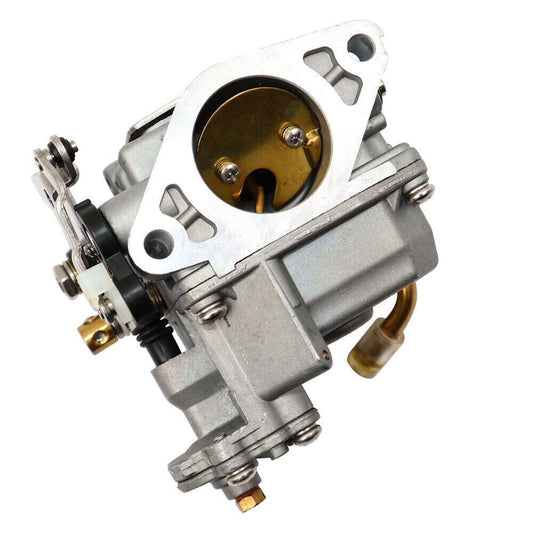
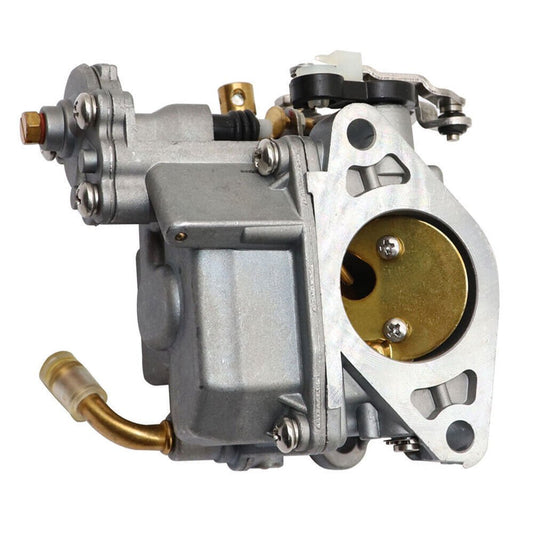
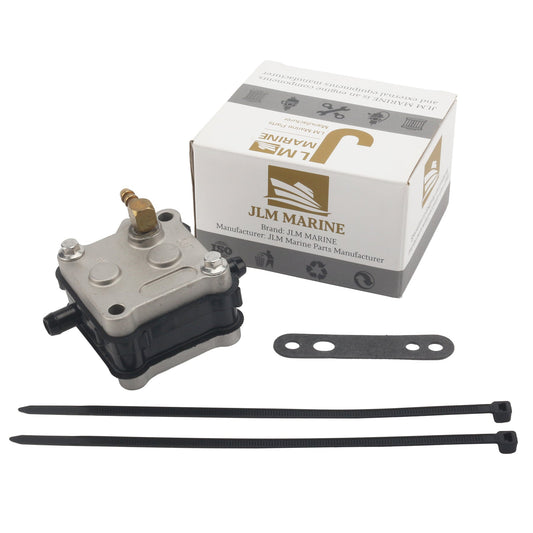
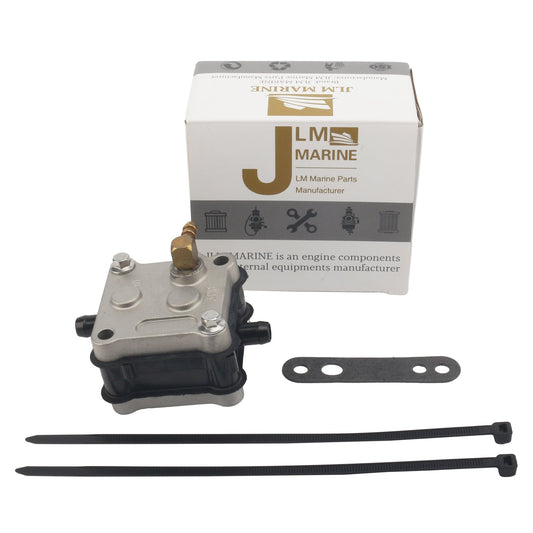
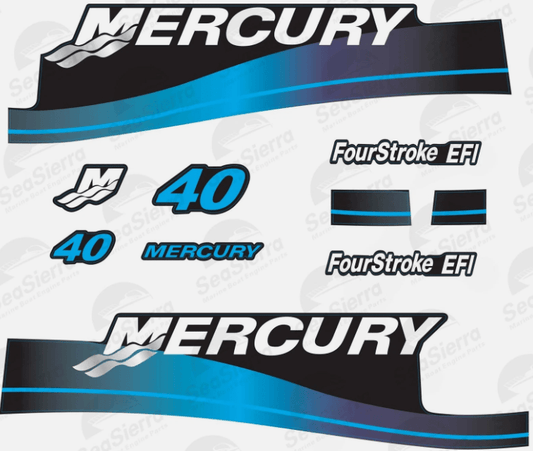

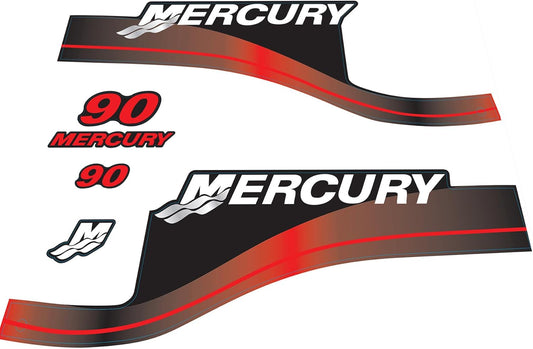
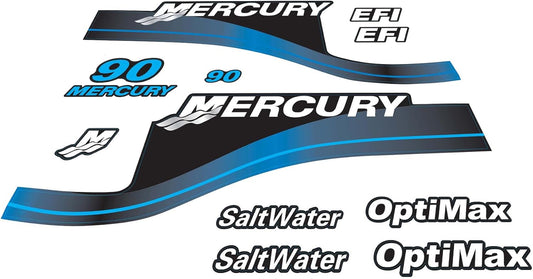
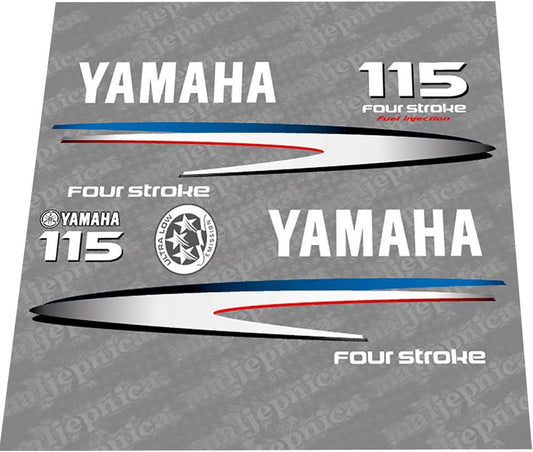
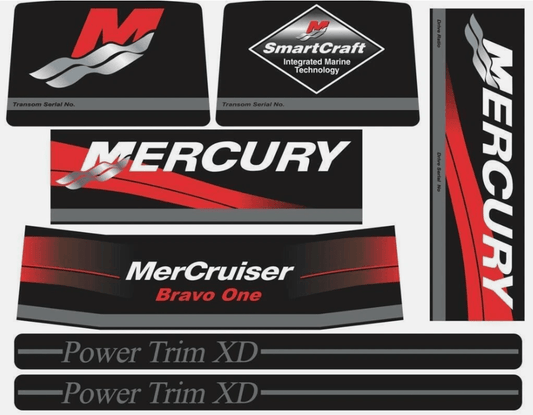
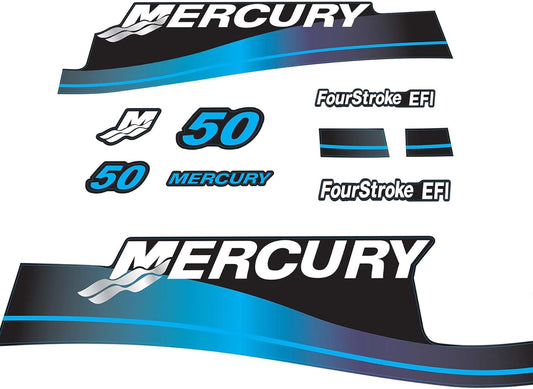
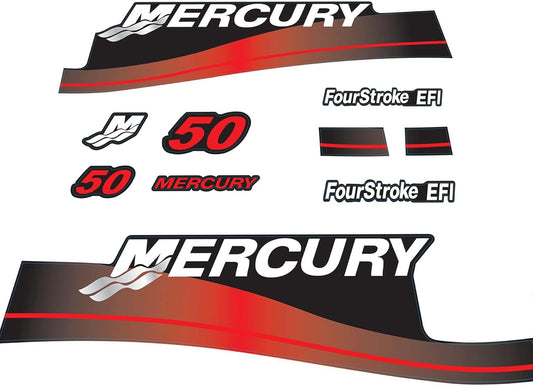
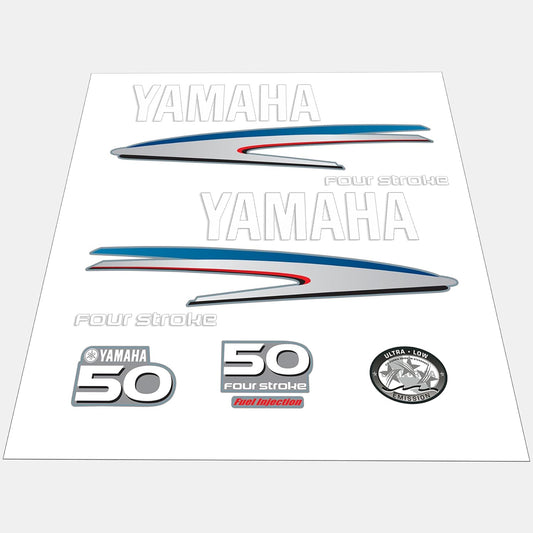
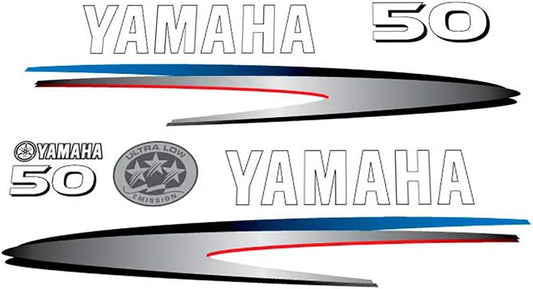
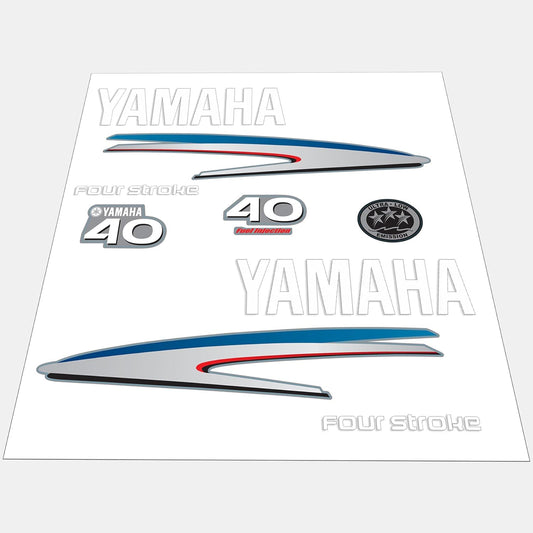
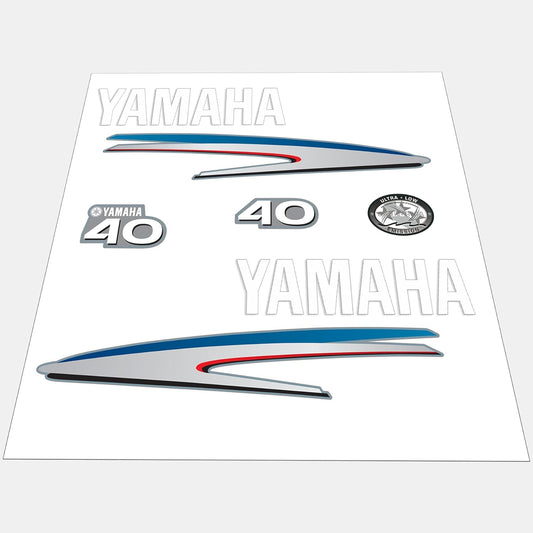
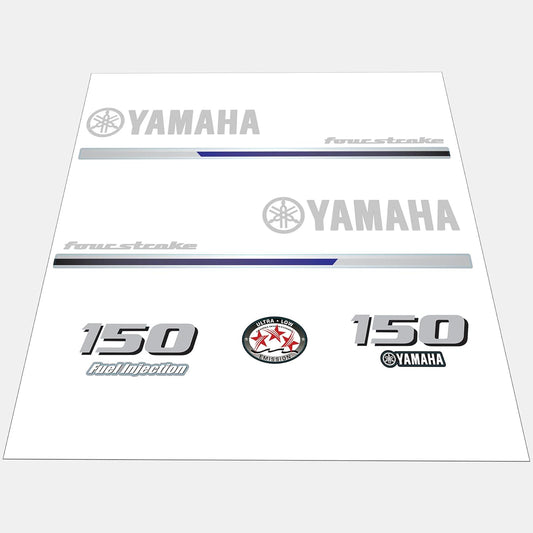
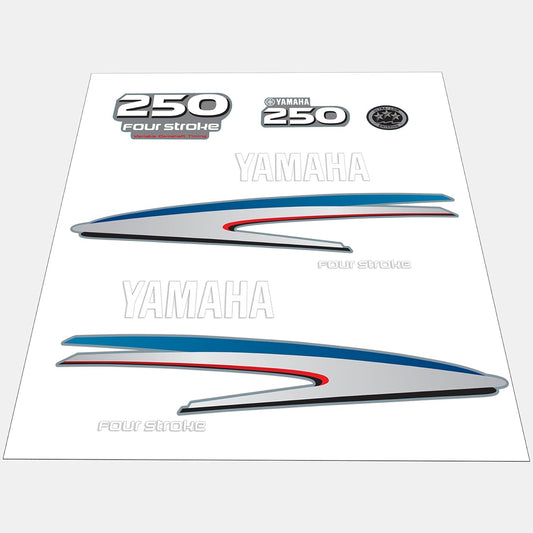
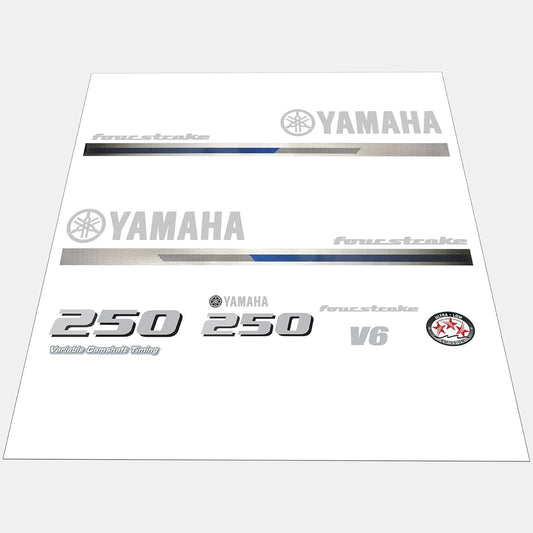
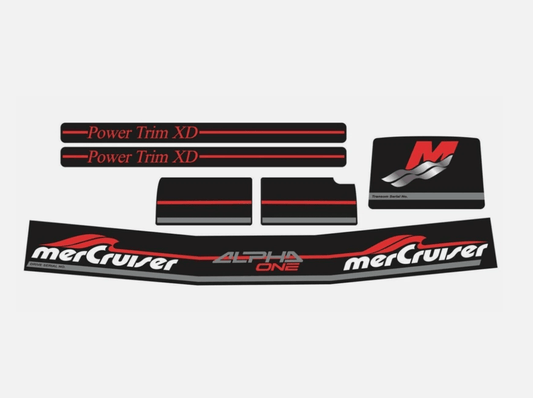

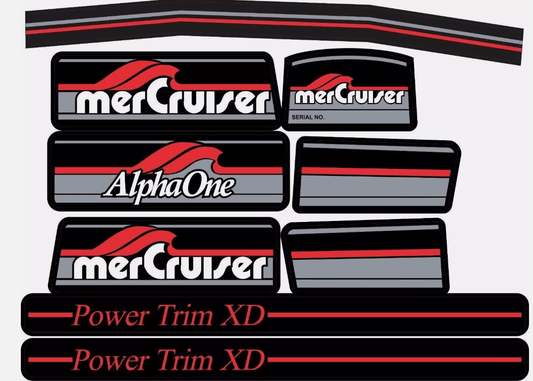
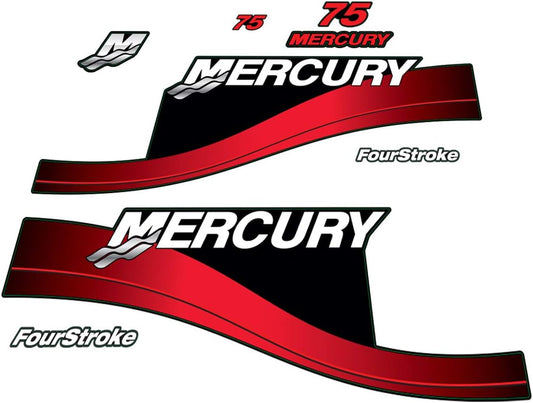
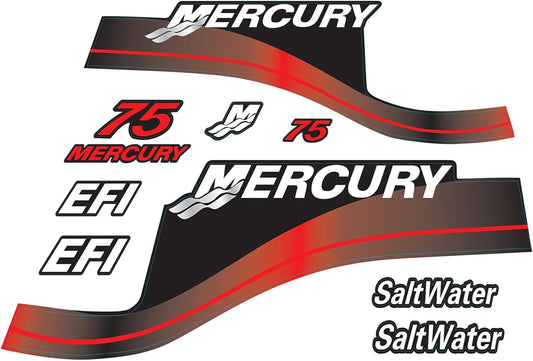

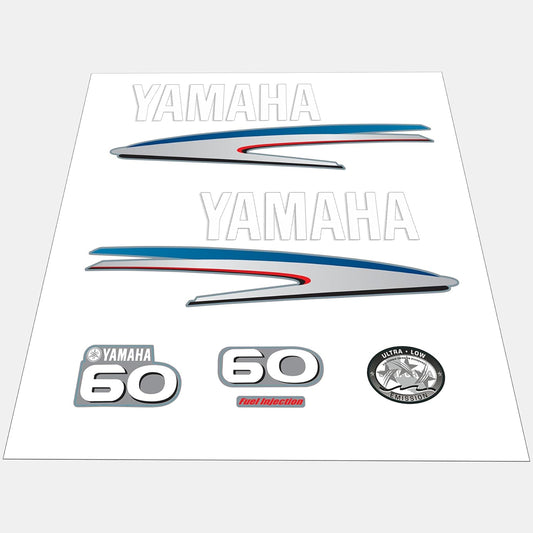
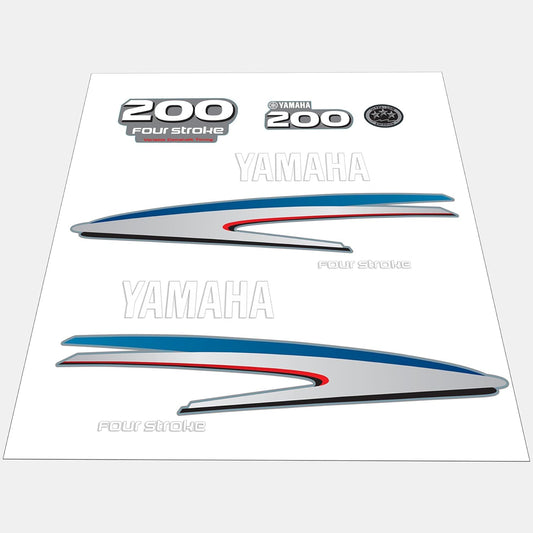
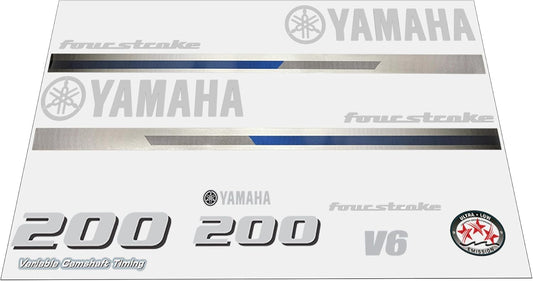

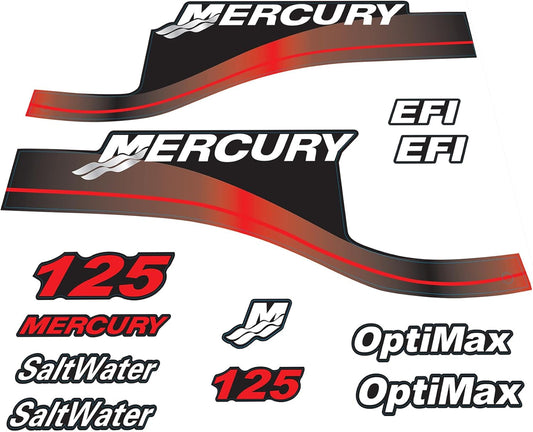

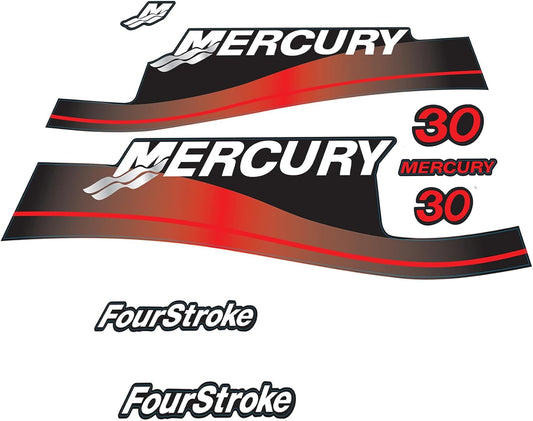
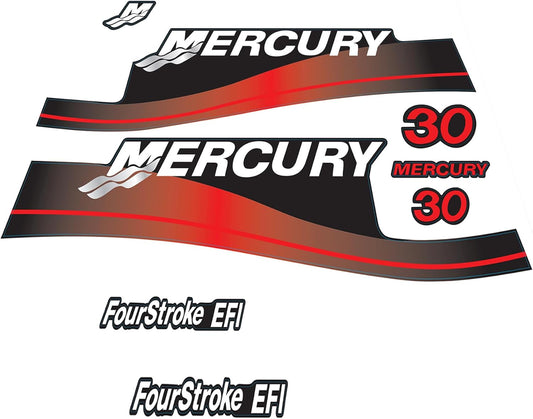
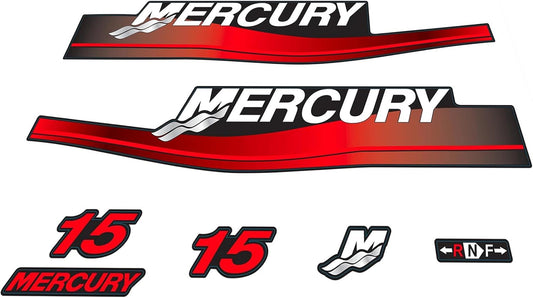

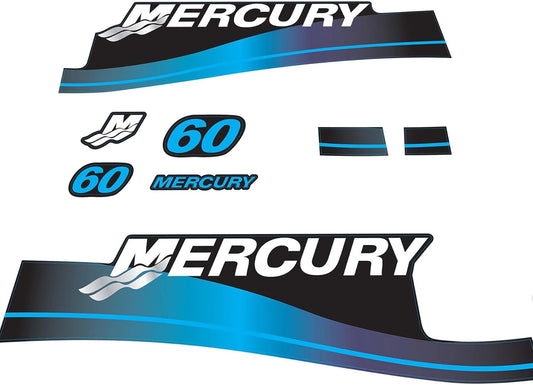

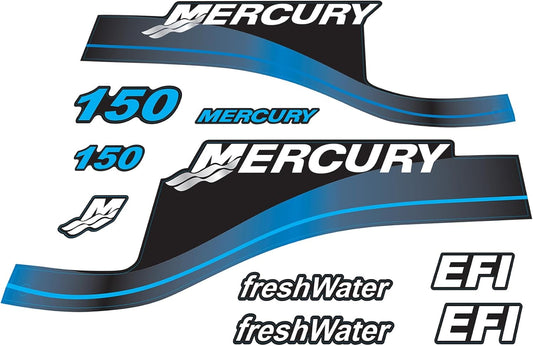
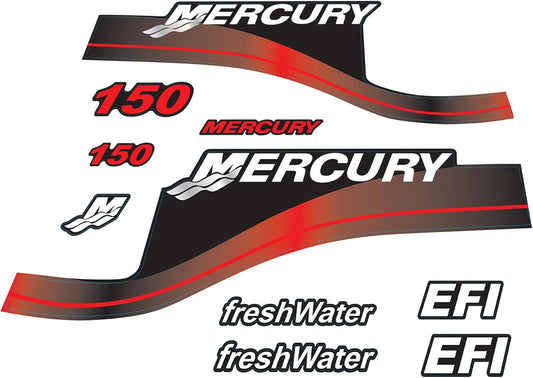
Leave a comment
Please note, comments need to be approved before they are published.